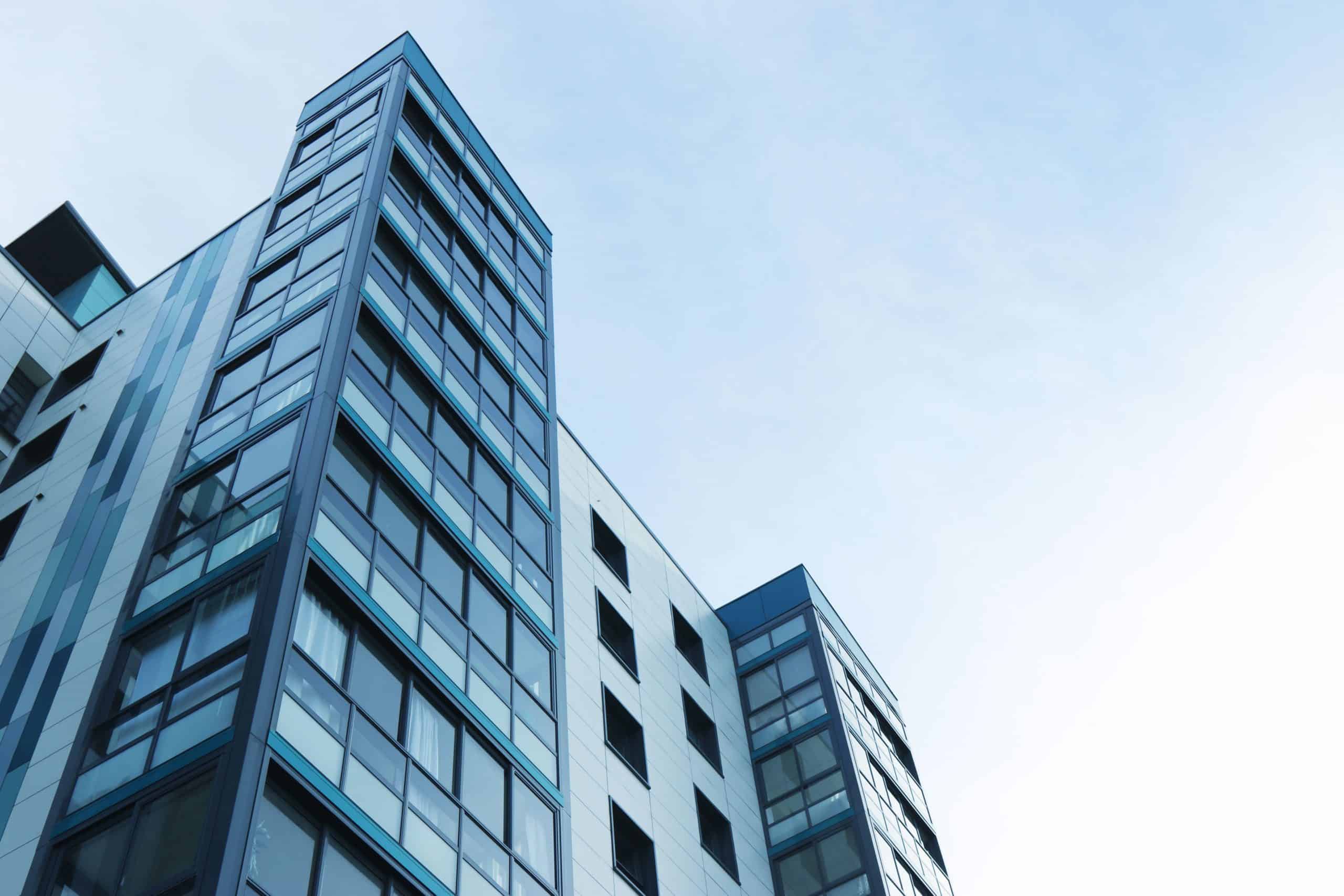The long-term impact of unpaid rent
Diving into what happens with $1 of rent
There is a misconception that rent payments line the pockets of wealthy landlords. But rent is used to keep buildings operating on a day-to-day basis and provides economic support to communities.
Approximately 39 cents of every $1 of a rent payment goes to pay the property’s mortgage. While mortgage forbearance has been proposed to provide relief for owners and residents, the Cares Act only grants forbearance to government-backed mortgages, leaving many property owners without relief. More than half of housing providers are backed by private lenders. This puts property owners — and, by extension, their residents — in a tight and dangerous spot when the bill is due.
Fourteen cents is deducted for property taxes. That money funds schools and teachers, police, firefighters and other essential services on which all community members rely.
After that, approximately 27 cents covers payroll expenses, providing jobs to the people who keep the apartment community running, and ongoing maintenance, utilities and insurance.
Ten cents is allocated for capital improvements and major repairs. This includes efforts such as replacing the HVAC system, roof repair and other projects that help to ensure safety for apartment residents.
Only 9 cents is returned to the owner. The mom-and-pop landlords who own nearly half of the nation’s rental housing units rely on that for their livelihoods. Often, that revenue is further divided and distributed to investors, who also fund public pensions and 401(k)s for millions of Americans. According to Nareit, an association of companies that own or finance real estate investments, nearly $800 billion of pension, endowment and foundation funds are invested in commercial and residential real estate. In 2019, residential real estate made up 15 percent of real estate investment trusts’ funds. Other mutual funds and retirement plans also are invested in real estate investment trusts and publicly traded owners. Many Americans are invested in apartment buildings via their retirement funds, so it has an effect on them in ways they may not realize.
The ripple effect
Every product, every service and every expense fuels our economy. While the effect of rent payments may seem less tangible, consider if we went into the grocery store to pick up food and left without paying. That loss would affect the store’s ability to pay its suppliers and its employees, disrupting the food supply chain and driving up prices for others. In turn, that would affect the cleanliness of the store and the quality of the food, among other issues. The same is true when rent goes unpaid. It affects businesses, jobs, state budgets, retirement accounts, essential community services and so much more.
A call for unity and empathy
In this time, when fear about coronavirus seems to permeate every sphere of our lives, communication and empathy are more important than ever.
Those who can pay rent should do so. Renters who are struggling financially should contact their property managers to explain their concerns — and vice versa. Renters are hurting, but so are owners, property managers, maintenance technicians and the millions of individuals and families with a stake in rental housing. There may not be a perfect solution, and we don’t know how long this crisis or the fallout will last, but the more people communicate their needs, the more communities can understand and support one another, and preserve and rebuild our economy for the future.
Source: washingtonpost.com
















 Accessibility
Accessibility